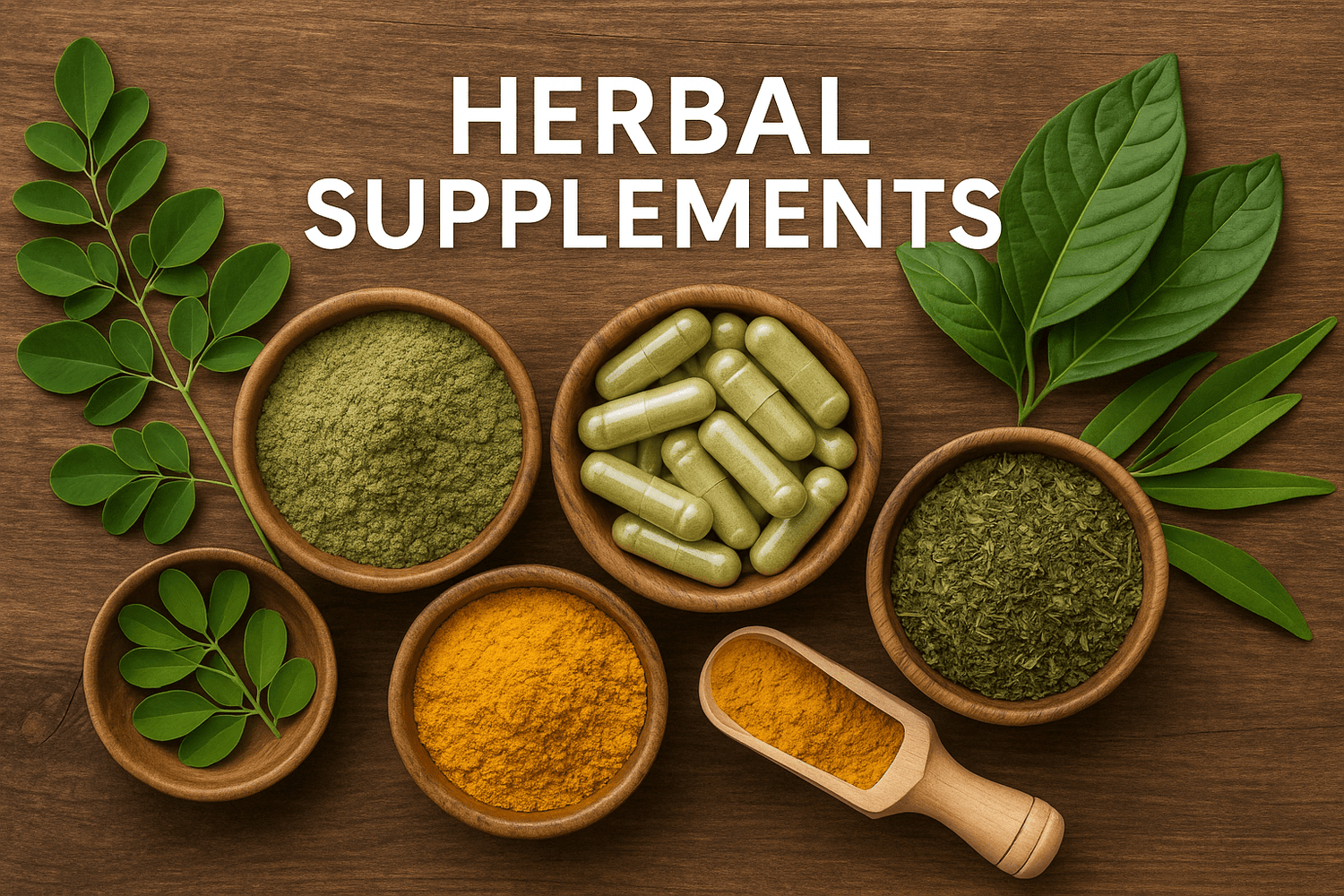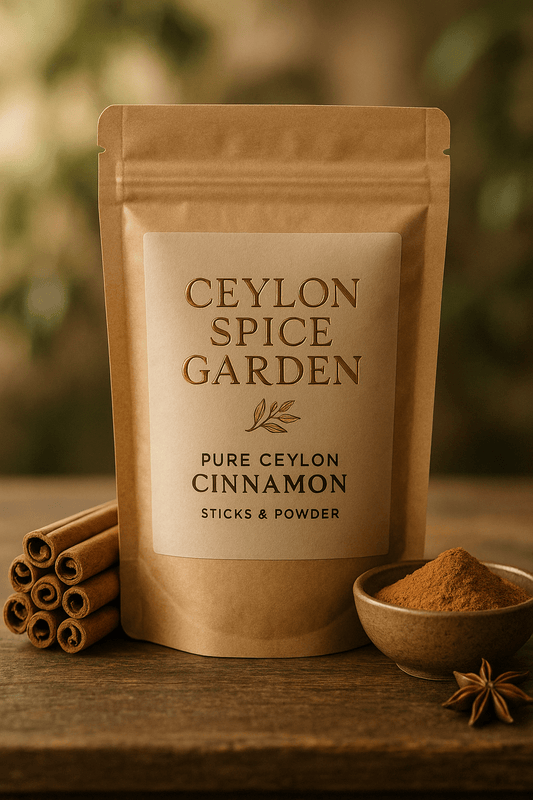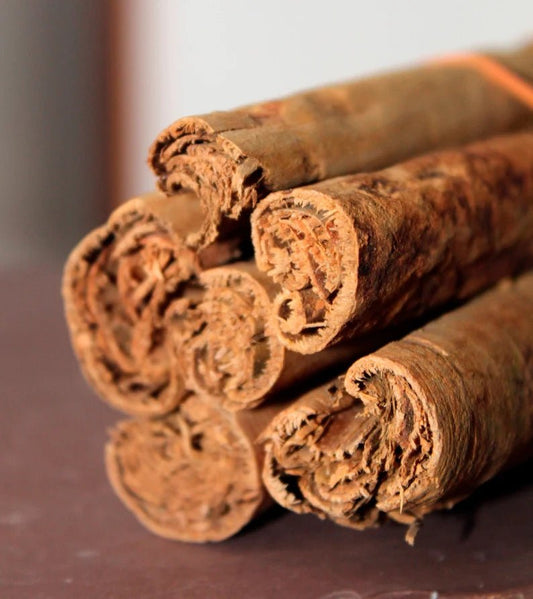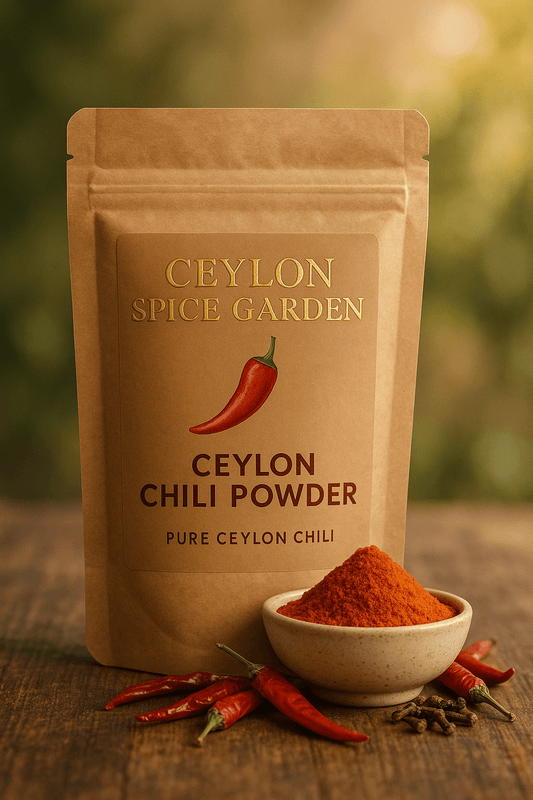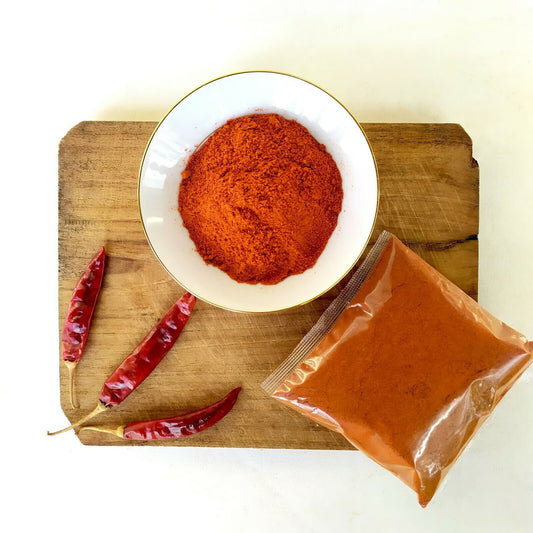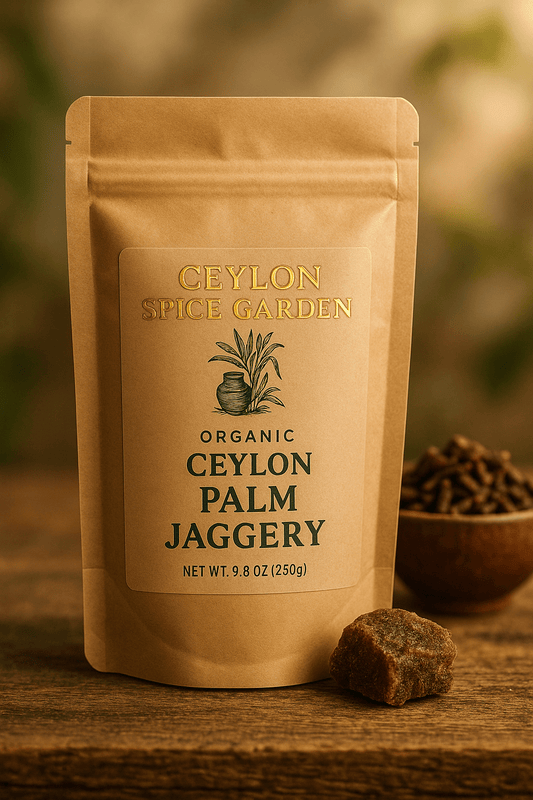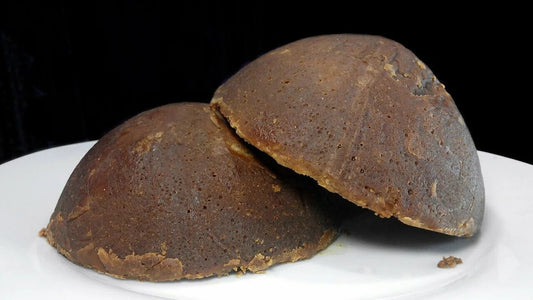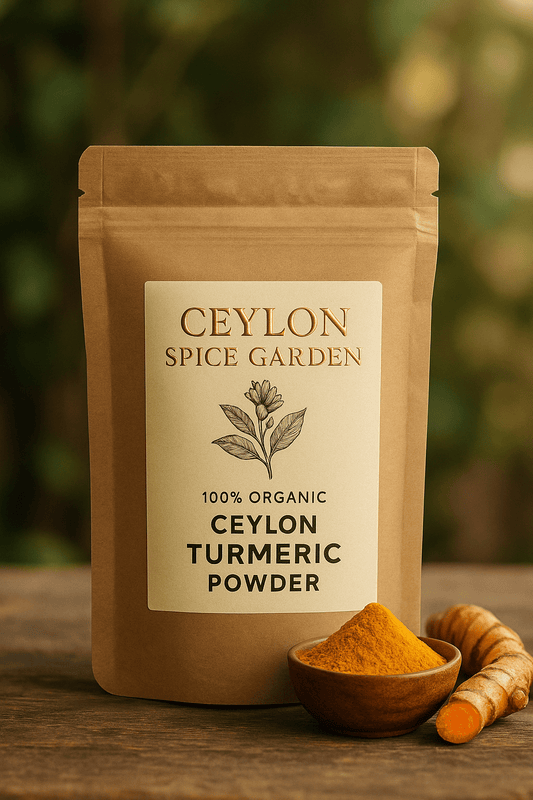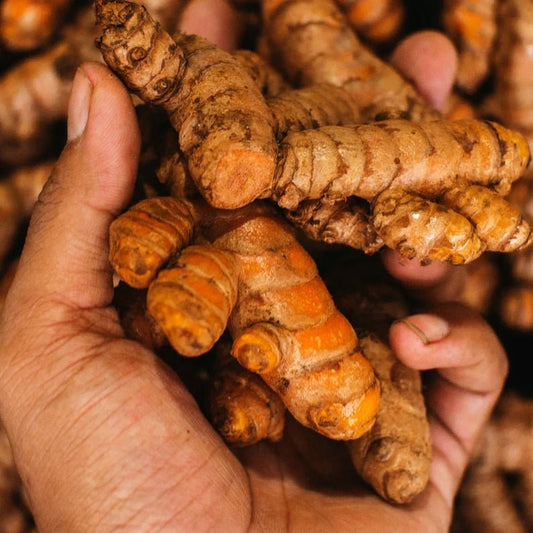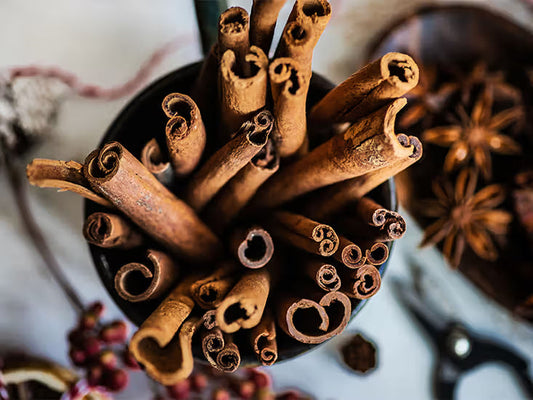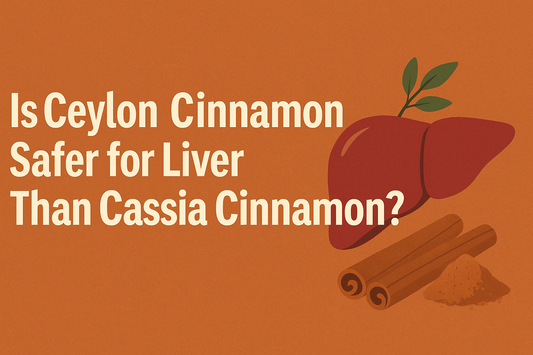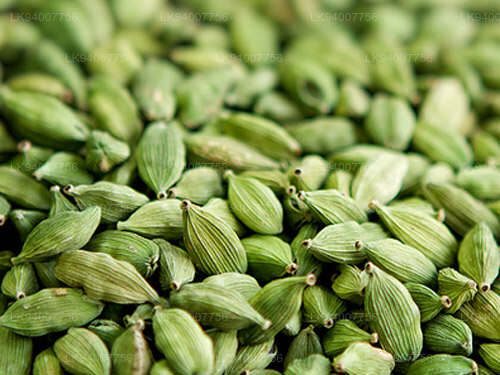
Ceylon Cardamom Storage Tips: How to Preserve Freshness for Maximum Flavor
Ceylon Cardamom Storage Tips: How to Preserve Freshness for Maximum Flavor
Table of Contents
- Understanding Ceylon Cardamom Freshness
- Optimal Storage Conditions
- Best Storage Containers Compared
- Short-term Storage Methods
- Long-term Preservation Techniques
- Signs of Deterioration to Watch
- Traditional Sri Lankan Storage Methods
- Common Storage Mistakes to Avoid
- Tips for Extending Shelf Life
- Frequently Asked Questions
Understanding Ceylon Cardamom Freshness
Ceylon cardamom freshness depends on preserving the volatile essential oils that give these prized pods their distinctive aroma and flavor. Unlike other spices, Ceylon cardamom from Ceylon Spice Garden contains exceptionally high concentrations of cineole, α-terpinyl acetate, and limonene, making proper storage crucial for maintaining quality.
Fresh Ceylon cardamom pods should exhibit a vibrant green color, firm texture, and release an intense, sweet aroma when gently squeezed. The pods contain natural oils that are highly volatile and can degrade rapidly when exposed to light, air, heat, or moisture.
The Science of Cardamom Preservation
Ceylon cardamom's essential oil content ranges from 4-8%, significantly higher than other varieties. These oils are composed of terpenes and esters that oxidize when exposed to oxygen, leading to flavor loss. Proper storage can preserve up to 95% of these compounds for 12-24 months.
Factors Affecting Freshness
- Light exposure: UV rays break down essential oils within days
- Air contact: Oxidation reduces potency by 30% monthly
- Temperature fluctuations: Heat accelerates oil evaporation
- Humidity levels: Moisture promotes mold and degrades oils
- Container material: Porous materials absorb precious oils
Optimal Storage Conditions for Ceylon Cardamom
Creating the perfect environment for Ceylon cardamom storage requires controlling four key factors: temperature, humidity, light, and air exposure. Following these guidelines will help preserve freshness and maintain the aromatic intensity that makes Ceylon cardamom so valuable.
| Factor | Ideal Range | Critical Limit | Effect if Exceeded |
|---|---|---|---|
| Temperature | 60-70°F (15-21°C) | Above 80°F (27°C) | Rapid oil evaporation |
| Humidity | 45-55% RH | Above 65% RH | Mold growth, oil degradation |
| Light | Complete darkness | Any direct light | Essential oil breakdown |
| Air Exposure | Airtight seal | Regular air contact | Oxidation and aroma loss |
Creating the Perfect Storage Environment
- Choose a cool, dark location: Pantry shelves away from heat sources
- Avoid kitchen cabinets near stoves: Temperature fluctuations damage oils
- Maintain consistent conditions: Avoid areas with frequent temperature changes
- Monitor humidity: Use silica gel packets in humid climates
- Ensure proper ventilation: Prevent moisture buildup in storage areas
Best Storage Containers for Preserving Freshness
The choice of storage container significantly impacts how well Ceylon cardamom maintains its freshness. Different materials offer varying levels of protection against the four main enemies of spice preservation: light, air, moisture, and temperature fluctuations.
Airtight Glass Jars
Best overall choice. Dark amber or cobalt glass provides excellent light protection while maintaining airtight seal. Easy to clean and doesn't absorb odors.
Vacuum-Sealed Bags
Excellent for long-term storage. Removes air completely but requires proper secondary container for protection against crushing.
Metal Tins with Tight Lids
Good alternative option. Provides excellent light and air protection. Ensure interior is uncoated to prevent flavor transfer.
Plastic Containers
Avoid for long-term use. Can absorb essential oils and may allow air penetration over time. Only suitable for short-term storage.
Short-term Storage Methods (1-6 Months)
For short-term Ceylon cardamom storage, focus on maintaining immediate freshness while ensuring easy access for regular cooking. These methods are perfect for frequently used spices and smaller quantities.
Pantry Storage Method
- Transfer cardamom pods to an airtight glass jar
- Add a small silica gel packet to absorb excess moisture
- Label with purchase date and source
- Store in a cool, dark pantry shelf
- Check monthly for any signs of deterioration
Refrigerator Storage (Cool Climate Method)
In extremely hot climates, refrigerator storage can extend freshness, but requires careful moisture control:
- Use airtight containers to prevent moisture absorption
- Allow to reach room temperature before opening to prevent condensation
- Double-wrap in sealed bags for extra protection
- Monitor for condensation buildup regularly
Long-term Preservation Techniques (6+ Months)
For extended Ceylon cardamom preservation, advanced techniques help maintain freshness for up to 24 months. These methods are ideal for bulk purchases or seasonal storage.
Vacuum Sealing Method
The most effective long-term preservation technique:
- Divide cardamom into portion-sized amounts
- Vacuum seal each portion in food-grade bags
- Place sealed bags in opaque containers
- Store in consistently cool, dark location
- Only open portions as needed
Freezer Storage (Advanced Method)
Properly executed freezer storage can preserve Ceylon cardamom for 2+ years:
- Pre-freeze preparation: Vacuum seal or double-wrap in airtight containers
- Temperature consistency: Maintain constant 0°F (-18°C)
- Thawing protocol: Allow gradual thawing in sealed container
- Condensation prevention: Never open while cold
Traditional Sri Lankan Preservation
Sri Lankan spice merchants traditionally store cardamom in wooden boxes lined with natural banana leaves. The leaves provide moisture regulation while the wood protects against temperature fluctuations. This method can preserve cardamom for 18+ months in tropical climates.
Signs of Deterioration to Watch For
Recognizing early signs of deterioration helps prevent using degraded Ceylon cardamom and ensures optimal flavor in your culinary creations. Regular inspection is key to maintaining quality standards.
Visual Indicators
- Color changes: Fading from vibrant green to yellow or brown
- Pod texture: Brittle, cracked, or overly soft pods
- Mold presence: Any visible fuzzy growth on pods
- Pest damage: Small holes indicating insect infestation
- Seed condition: Darkened or shriveled seeds inside pods
Aromatic Indicators
- Weak aroma: Significantly reduced fragrance when squeezed
- Off-odors: Musty, stale, or unpleasant smells
- No scent: Complete absence of characteristic cardamom aroma
- Metallic notes: Unusual flavors indicating oxidation
Traditional Sri Lankan Storage Methods
Sri Lankan spice cultivators have developed time-tested storage methods over centuries, specifically designed for the island's tropical climate. These traditional techniques offer valuable insights for modern Ceylon cardamom storage practices.
The Clay Pot Method
Traditional clay pots provide natural moisture regulation:
- Unglazed clay naturally absorbs excess humidity
- Tight-fitting lids create effective air seals
- Clay's thermal mass provides temperature stability
- Natural materials don't introduce foreign odors
Banana Leaf Wrapping Technique
A centuries-old method still used by traditional spice merchants:
- Clean, dry banana leaves are prepared
- Cardamom pods are carefully wrapped in leaves
- Wrapped bundles are placed in wooden boxes
- Boxes are stored in cool, elevated locations
- Leaves are replaced every 6 months
Coconut Husk Storage
Another traditional method utilizing natural materials:
- Dried coconut husks create natural insulation
- Husks regulate humidity levels naturally
- Cardamom pods are nestled within husk fibers
- This method works especially well in coastal areas
Common Storage Mistakes That Destroy Freshness
Understanding and avoiding these common storage mistakes can dramatically extend the freshness and potency of your Ceylon cardamom investment. Many well-intentioned storage practices actually accelerate deterioration.
Temperature-Related Mistakes
- Near heat sources: Storing above or near ovens, stoves, or heating vents
- Temperature fluctuations: Locations that experience daily hot-cold cycles
- Improper refrigeration: Storing in refrigerator without moisture protection
- Freezer errors: Frequent freezer door opening causing temperature swings
Container and Sealing Mistakes
- Clear containers: Using transparent jars that allow light penetration
- Poor seals: Containers that don't create airtight environments
- Wrong materials: Plastic containers that absorb essential oils
- Oversized containers: Too much air space promoting oxidation
Handling and Access Mistakes
- Frequent opening: Exposing cardamom to air unnecessarily
- Wet hands: Introducing moisture during handling
- Cross-contamination: Using same utensils for different spices
- Bulk storage: Storing large quantities in single containers
Advanced Tips for Extending Shelf Life
These professional techniques, used by spice merchants and culinary experts, can significantly extend the shelf life of Ceylon cardamom while maintaining peak freshness and potency.
Portion Control Strategy
Divide larger quantities into smaller, single-use portions:
- Calculate weekly or monthly usage amounts
- Vacuum seal individual portions separately
- Only open one portion at a time
- Keep unopened portions in optimal storage conditions
Essential Oil Preservation Techniques
- Double-sealing method: Place sealed containers inside larger airtight containers
- Inert gas flushing: Replace air with nitrogen gas before sealing (professional method)
- Desiccant use: Food-grade silica gel packets for moisture control
- Temperature logging: Monitor storage conditions with digital thermometers
Quality Monitoring System
Implement regular quality checks to ensure optimal freshness:
- Monthly aroma tests: Compare scent intensity to fresh samples
- Visual inspections: Check for color changes, mold, or pest damage
- Texture assessment: Ensure pods remain firm and intact
- Date tracking: Rotate stock using first-in, first-out principles
- Environmental monitoring: Record storage temperature and humidity levels
Frequently Asked Questions
Preserve the Essence of Ceylon's Finest Cardamom
Proper Ceylon cardamom storage is an investment in culinary excellence. By following these expert preservation techniques, you ensure that every pod maintains its exceptional aroma, complex flavor profile, and therapeutic properties that make Ceylon cardamom the world's most prized variety.
Remember that fresh, properly stored Ceylon cardamom from Ceylon Spice Garden transforms ordinary dishes into extraordinary culinary experiences. The extra care in storage pays dividends in every recipe, preserving the essence of Sri Lanka's spice heritage in your kitchen.
